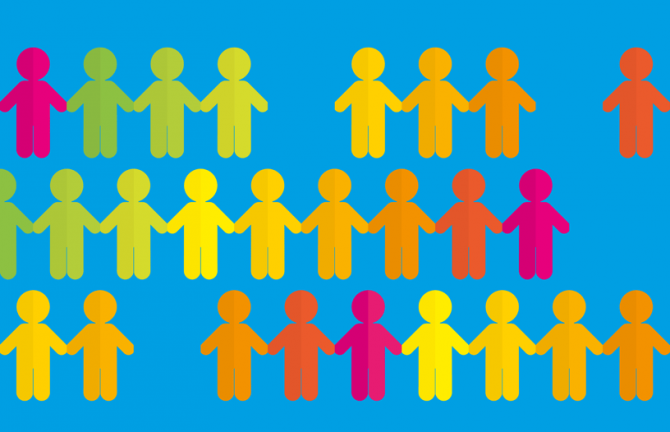

Feature Story
UNICEF: Millions of children around the globe still left behind
23 June 2015
23 June 2015 23 June 2015Despite significant achievements, too many of the world’s poorest children face inequalities that are having a dramatic impact on their health, education and future prospects, warns UNICEF in a report published on 23 June.
In Progress for children: beyond averages, the final report on child-related Millennium Development Goals (MDGs), UNICEF highlights that millions of children and young people are still dying early, missing out on school, living in poverty and being disproportionately affected by the AIDS epidemic.
“The MDGs helped the world realize tremendous progress for children – but they also showed us how many children we are leaving behind,” said UNICEF Executive Director Anthony Lake. “The lives and futures of the most disadvantaged children matter – not only for their own sake, but for the sake of their families, their communities and their societies,” he added.
The report acknowledges that huge strides have been made in attaining MDG 6–combatting HIV/AIDS, malaria and other diseses. For instance, between 2001 and 2013 new HIV infections have declined by 58% in children under 15, mainly due to progress in the prevention of mother-to-child transmission of HIV. The Global Plan towards the elimination of new HIV infections among children by 2015 and keeping their mothers alive has helped achieve a rapid expansion in the availability of antiretroviral medicines to pregnant women found to be living with HIV.
However, only 23% of HIV-positive children received such life-saving medicines in 2013 (compared to 37% of adults) and, in addition, adolescents aged 10-19 are the only group that has not seen a decrease in AIDS-related deaths in recent years.
The report also notes that about 35% of the 1.9 million people newly infected with HIV were young people aged 15-24. Adolescent girls are still most affected by HIV and in some countries are two to three times more likely to be infected than their male counterparts.
Progress for Children highlights a number of other such disparities and areas of deep concern across the spheres of health, education and income. It contends that as the era of the MDGs draws to a close, making way for preparations among world leaders to adopt new Sustainable Development Goals, disadvantaged children must be at the heart of these goals and targets.
The report also argues that better data collection, that tells a more rounded story and is not simply reliant on averages such as those used to measure the MDGs, will help identify the most vulnerable children and encourage tailor-made health and education solutions that help them to live longer, happier and healthier lives.



